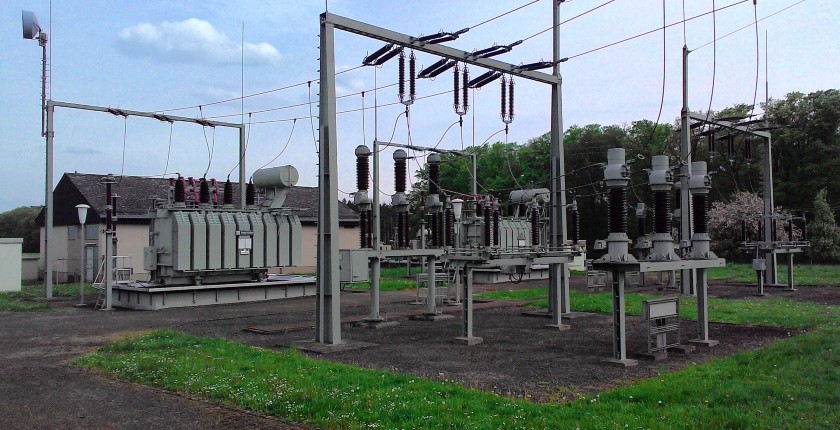
Photo: Helmut König from Pixabay
Distribution system operators (DSOs), exposed to market prices, are experiencing a severe liquidity crisis which threatens their ability to secure a reliable and continuous supply of electricity to consumers, according to the findings of the Coordination Group of the Energy Community Distribution System Operators in Electricity (ECDSO-E CG).
DSOs in the Energy Community have called on national regulatory authorities to amend the rules and procedures for distribution tariff setting in order to ensure they can react adequately to the rapidly changing situation in the electricity market, the Energy Community Secretariat said.
All contracting parties to the Energy Community Treaty except BiH and Ukraine are net electricity importers – Albania, Georgia, Kosovo*, Moldova, Montenegro, North Macedonia, and Serbia.
DSOs are facing enormous costs for the procurement of electricity for covering distribution losses
Due to the energy crisis, prices of electricity in the regional wholesale market have increased four to five times on average over the last 18 months, from around EUR 50 per MWh in fourth quarter of 2020 to a band of EUR 210 per MWh to EUR 250 per MWh in the second quarter of this year.
DSOs are facing enormous costs for the procurement of electricity for covering distribution losses and they exceed significantly the planned and approved amounts to be recovered from tariffs, according to a position paper prepared by ECDSO-E CG.
In addition to delayed or inadequate recognition of the actual market price of electricity for approved losses, the difference between the approved and the actual level of losses has caused additional significant financial damage to the DSOs.
Investments and operational performance of DSOs are affected in the medium term
Namely, when actual losses exceed the threshold approved by the regulator that cannot be compensated from savings on other items or approved profit, the cash flow and financial viability of the DSOs are significantly affected, as are the investments and operational performance of the DSOs in the mid-term, according to the paper.
Increased prices of other energy carriers, such as coal, firewood, gas or oil, combined with an inadequate response to adjust regulated electricity tariffs, have made electricity cheaper than other heating sources. This will make more consumers switch to electricity for heating, and will require additional efforts by DSOs to meet demand and maintain network stability.
Another task ahead of DSOs is to secure conditions for sustainable integration of the renewable energy produced by the prosumers, whose number is rapidly increasing.
Load shedding to be a measure of last resort
In order to adequately factor in volatile costs of electricity to cover electricity distribution losses, national regulatory authorities should develop more flexible pricing regulations, such as a shorter interval for tariff review and a simple procedure for tariff adjustment.
This would allow DSOs to maintain an acceptable level of working capital, claim tariff adjustments and recover the incurred costs within a reasonable time frame.
Social protection measures, especially protection of vulnerable customers, should not be implemented through network tariffs as cost-reflective pricing is needed to drive customers’ consumption patterns and investment decisions, reads the paper.
The authors of the document also said all stakeholders should aim to prevent by all means the need for load shedding, a measure of last resort to protect the electricity distribution system.


















Be the first one to comment on this article.